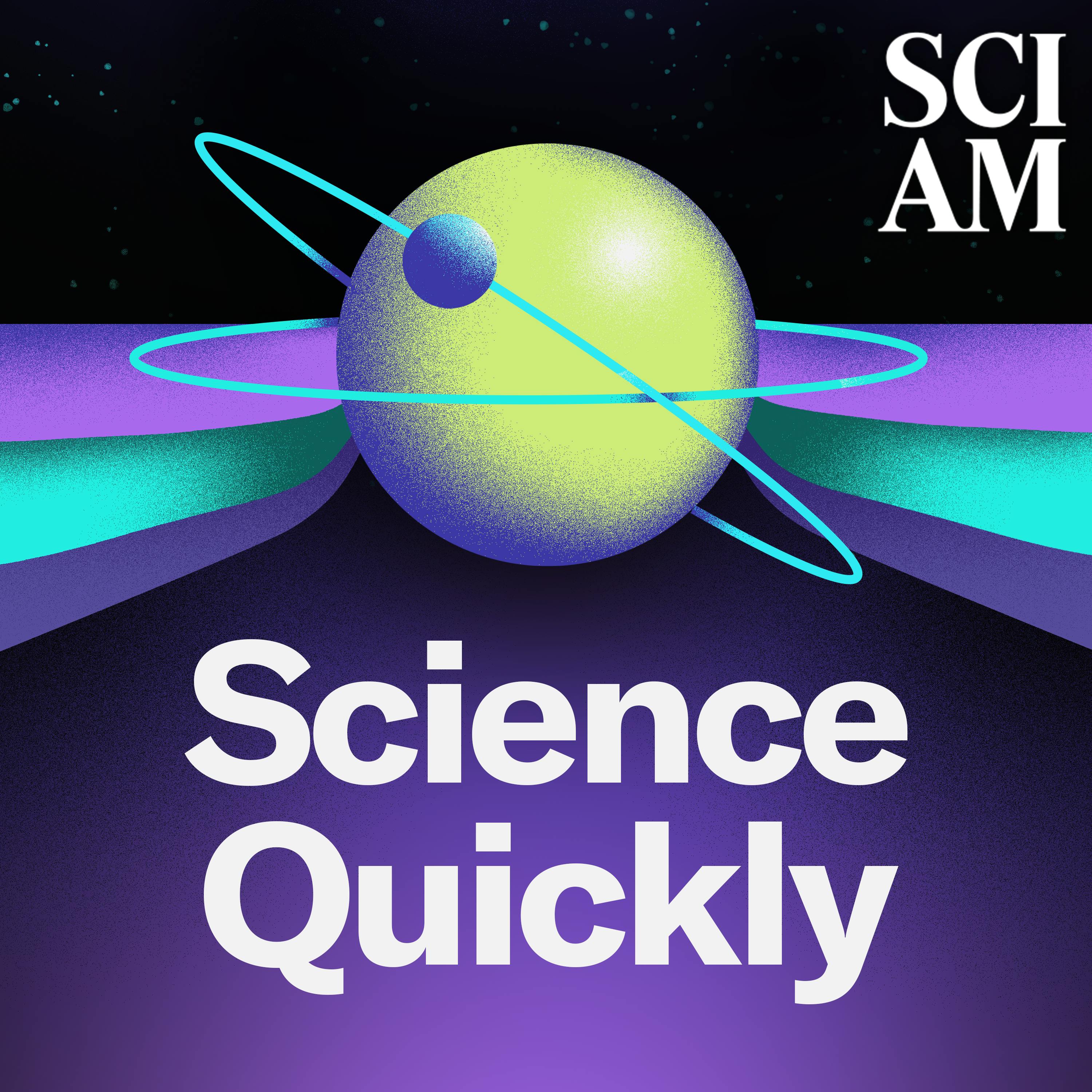Is Singing an Evolutionary Accident or a Critical Way to Connect?
Description
Scientific American associate news editor and music enthusiast Allison Parshall takes Science Quickly through what we know about how singing came to be. Scientists aren’t sure why humans evolved to sing, but commonalities in traditional music offer clues to how the practice evolved. Neuroscience shows us where speech and singing live in the brain and what information the forms hold. And an upcoming experiment will look into how singing might make us more connected to one another.
Recommended reading:
New Folk Song Analysis Finds Similarities around the World
How Artificial Intelligence Helped Write This Award-Winning Song
E-mail us at [email protected] if you have any questions, comments or ideas for stories we should cover!
Discover something new every day: subscribe to Scientific American and sign up for Today in Science, our daily newsletter.
Science Quickly is produced by Rachel Feltman, Fonda Mwangi, Kelso Harper, Madison Goldberg and Jeff DelViscio. This episode was hosted by Rachel Feltman with guest Allison Parshall. Our show is edited by Madison Goldberg with fact-checking by Marielle Issa, Shayna Posses and Aaron Shattuck. The theme music was composed by Dominic Smith.
Learn more about your ad choices. Visit megaphone.fm/adchoices
More Episodes
Writings and records are how we understand long-gone civilizations without being able to interact with ancient peoples. A recent opinion paper suggested we could feed chatbots writings from the past to simulate ancient participants for social psychology studies. Similar survey experiments with...
Published 11/22/24
Published 11/22/24
Disparities in health are not indicated by adverse outcomes alone. Adriana Corredor-Waldron, an assistant professor of economics at NC State University, sought to understand why Black infants are more likely to be delivered by C-section than white infants. A working paper she co-authored found...
Published 11/20/24


